45,50€ incl. german VAT
incl. 19% VAT but plus freigth, see list
IEW Complete Set: Cucumber Jar Miron + Sodium Chlorite + Hydrochloric Acid 100 ml each +, Measuring Cup + Doser System Bottle 250 ml
delivery time in DE: Max. 3 days within DE - others see shipping costs
In stock
Here you can get the complete set of the IEW. The IEW is the interest group for nutrition and well-being.
It was specially compiled by the Verlag für Gesundheit for its readers.
The Selfmade CDS/CDL Set consists of:
- a
Miron glass wide-neck bottle
and a polished lid. - 1 x Chlorine dioxide set in brown glass bottles. It consists of
sodium chlorite solution 25% and hydrochloric acid 4%,
each 100 ml. - 1 x measuring cup 100 ml and
- 1 x Doser System Bottle with 250 ml volume incl. Dosing syringe
- 1 x inner bottle 100 ml with lid. The lid is not needed during use.
The components at a glance:
Set of sodium chlorite 25 % + hydrochloric acid 4 %
Set of sodium chlorite 25% solution + hydrochloric acid 4% Use with caution and always read the label and product information before use.
Sodium chlorite solution 25 % :

Attention
Hazard and safety instructions:
Always read the label + product information before use.
Contact with acids liberates very toxic gas. Harmful if swallowed. Causes severe eye irritation. Harmful by inhalation. Do not inhale gas/mist/vapour/aerosol. Keep out of the reach of children.
Wear protective gloves/protective clothing, eye/face protection. Store only in original packaging under lock and key. If swallowed: Call a poison information centre or doctor immediately. In case of contact with eyes: Rinse gently with water for several minutes. Remove contact lenses if possible. Continue rinsing. If medical advice is required, have the identification label ready.
This mixture does not contain any substances that are assessed as PBT or vPvB.
hydrochloric adid 4 %:

Atention
May be corrosive to metals. Causes skin irritation. Causes severe eye irritation. In case of contact with eyes: Rinse gently with water for several minutes. Remove existing contact lenses if possible. Continue rinsing. If swallowed: Rinse mouth. Do not induce vomiting. Wear protective gloves/protective clothing/eye protection/face protection.
The mixture of sodium chlorite 25% and acid produces chlorine dioxide gas.
Info about the contents of the set
with kind execution by Verlag für Gesundheit.
The Mironglas wide-neck bottle
This special bottle can also be used to prepare a solution using the so-called cucumber jar method. However, this is a premium variant. The light-sensitive chlorine dioxide solution is protected in the best possible way by the Miron glass.
This is your particular advantage when using this Mironglas wide neck bottle. It has a capacity of 1 litre.
The small transparent bottle (100 ml) is supplied as the inner vessel.
The high-quality miron glass protects all substances that decompose faster when light falls. Examples.B include the storage of herbs, as well as creams, but also many other ingredients.
Miron glass wide-neck bottle for longer shelf life
This apothecary bottle is a unique and luxurious MIRON Violet glass bottle. It has been specially developed and acts as an optimal filter against harmful as well as destructive light rays. They are blocked by this particular glass. The protection of the glass ensures, on the one hand, that the taste, as well as the smell, the color, as well as the bioenergy and the corresponding product properties are preserved longer,
Products stored in such Mironglas bottles retain their unique properties. And this even during a longer period. Tests have shown this impressively.
Chlorine dioxide solution according to the cucumber glass method
The mixed solutions are also sensitive to light. And this does not only apply to activation. Therefore, this Miron glass is particularly suitable for this.
A weak point in the so-called “cucumber glass method” was the rubber seal. This seal was attacked by chlorine dioxide.
This bottle on the other hand, is equipped with a cut glass stopper. This has no organic material that could be attacked.
The bottle is almost gas-tight. Overpressurisation cannot occur in the bottle during activation with hydrochloric acid.
A smaller bottle is included as an accessory in which you can activate the sodium chlorite with the hydrochloric acid. After mixing the liquids, place this bottle in the large Mironglas wide-neck bottle.
Activation according to the cucumber jar method Deluxe
This wide-necked bottle, miron glass that protects light and frequencies, will first be filled with 700 ml of demineralized water. The water from a
reverse osmosis system
is best suited for this. There are two models in the shop,
After that 30 ml Sodium chlorite solution 25%and then give 70 ml Hydrochloric acid 4% in the small bottle. To measure, use the 100 ml measuring cup included in the set. Be sure to rinse the measuring cup thoroughly before measuring the second component with it so that the two substances are not activated in the measuring cup.
As long as the sodium chlorite and the hydrochloric acid are filled into the small vial, this is immediately placed into the larger wide-necked bottle. The small bottle with the mixture must NOT be closed so that the gas can pass unhindered into the water in the wide-mouth bottle. Immediately close the wide-neck bottle with the large sanded lid by simply placing it on it.
Activation
After a waiting period of about 24 hours at room temperature, the gas in the closed bottle passes into the water present inside. By the way, water only absorbs a maximum of 3000 ppm of the gas more permanently. That’s the 0.3%. In other words, exactly what we need.
Only after this activation, carefully place the wide-neck bottle and its contents in the refrigerator. In it, the mixture can cool to below 9 degrees Celsius for about 6 hours. After this time, the chlorine dioxide gas is dissolved in the water in the best possible way and gasses less quickly into the air. The gas liquefies to a large extent below this temperature. Thus, it remains bound in the liquid during the subsequent transfer.
Further processing of the solution
After this time, the cold solution can be unfilled into other containers. To do this, open the Miron glass wide-neck bottle and remove the small bottle. After that, it will close immediately. Then you can transfer the solution (CDS) into smaller bottles. Put the rest back in the fridge.
You can find more Mironglas bottles to fill here. You can of course also decant the CDL into amber glass bottles
The measuring cup 100 ml
This measuring cup is ideal for dosing, measuring and mixing up to 100 ml of volume.
It is made of durable PP and is therefore almost unbreakable. The material is highly transparent and provides a good insight into the filling material. Thus, a quality visual inspection during filling is very well possible. This measuring cup has a smooth surface and is universally usable. Due to its durability.B, it is also suitable for CDH3000
, DMSO , MKB, DMKB and many other liquids. Ideal for use in the kitchen as well as in the laboratory. The chemical-resistant, blue scale has a rough scaling in 10 ml steps and also a fine scaling in 2 ml steps. This allows for accurate design.
This cup is also suitable for hot disinfection up to max. 121 °C for up to 20 minutes and therefore autoclavable.
The measurements:
The diameter in the upper edge area is 50 mm, in the lower 40 mm. The height is 80 mm.
The Doser-System bottle 250 ml
The Doser-System-bottle can be selected with a removal system. After filling the bottle, a plastic plug, the so-called doser insert, is pressed firmly into the neck of the bottle with the thumb as far as it will go. The Doser insert, on the other hand, is precisely matched to the doser (dosing syringe). It is the coupling between the Doser insert and the Doser. The dosing syringe known as “Doser” is suitable for clean and loss-free removal from the glass bottle. The removal is very simple:
1. Open the bottle.
2. Insert the doser (dosing syringe) firmly into the doser insert (coupling).
3. Now tilt the bottle upside down.
4. Use the doser to take out the amount you need and turn the bottle upside down again.
5. Close the bottle again immediately.
Now you can use the solution.
Thanks to its graduation (scale), you can measure the filling quantity while drawing up the liquid at the same time.
Technical data of the Doser System bottle PP28:
The glass body of the Doser System bottle PP28 is made of amber glass of hydrolytic class 3. With its through-colouring, it offers your product in the bottle good light protection. The thread has a size of 28 mm (PP28). This bottle is even resistant to acids and other aggressive substances. As a result, it has excellent barrier properties and also has a high-quality appearance. You can also use these very well for filling with CDH3000 .
The Miron glass bottles offer even higher light protection and thus an even longer shelf life. These are the most optimal bottles for CDL / CDS solutions.
This post is also available in:
 Deutsch (German)
Deutsch (German)  English
English  Español (Spanish)
Español (Spanish)
Product safety
Manufacturer information
Neue Lebensqualität
Lager DE
Torben Beuthien
Hauptstr. 1
23619 Badendorf DE
service@nlq24.de
Only logged in customers who have purchased this product may leave a review.
Related products
CDH Components
CDH Starter Set – Doser System Bottle for 500 ml, Doser, Chlorine Dioxide Set 30 ml + Measuring Cup
0,00€ / 60 Stück
incl. VAT
but plus freigth, see list
delivery time in DE: Max. 3 days* within DE - others see shipping costs
product contains: 1 Stück
CDH Components
incl. 19% VAT
but plus freigth, see list
delivery time in DE: Max. 3 days within DE - others see shipping costs
product contains: 1 Stück
Miron Glass Bottles
incl. 19% VAT
but plus freigth, see list
delivery time in DE: Max. 3 days within DE - others see shipping costs
CDH Components
incl. 19% VAT
but plus freigth, see list
delivery time in DE: Max. 3 days within DE - others see at shipping costs
product contains: 1 Stück
CDH Components
incl. 19% VAT
but plus freigth, see list
delivery time in DE: 2-3 days within DE
product contains: 1 Stück

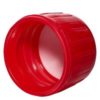
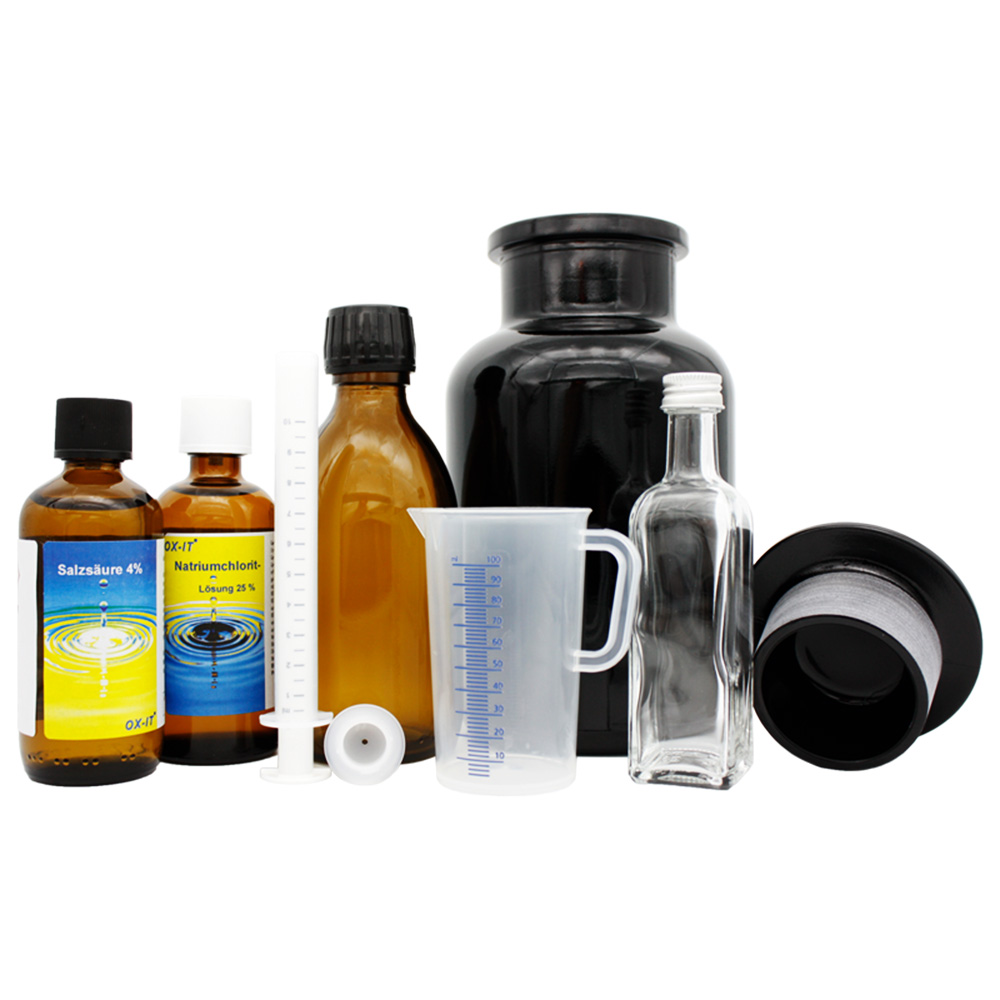

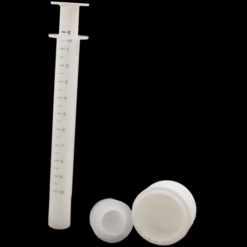
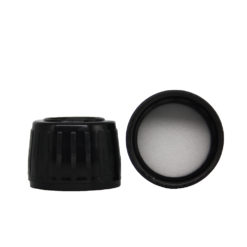
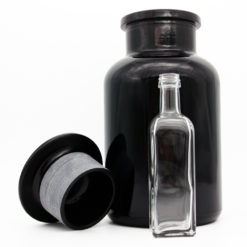
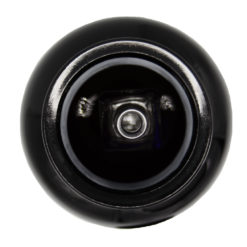
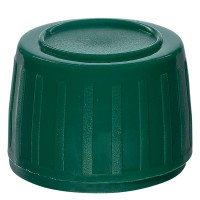

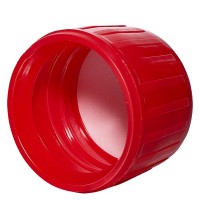
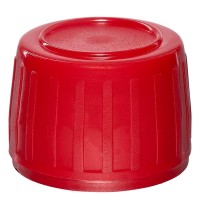
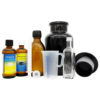
Reviews
There are no reviews yet.